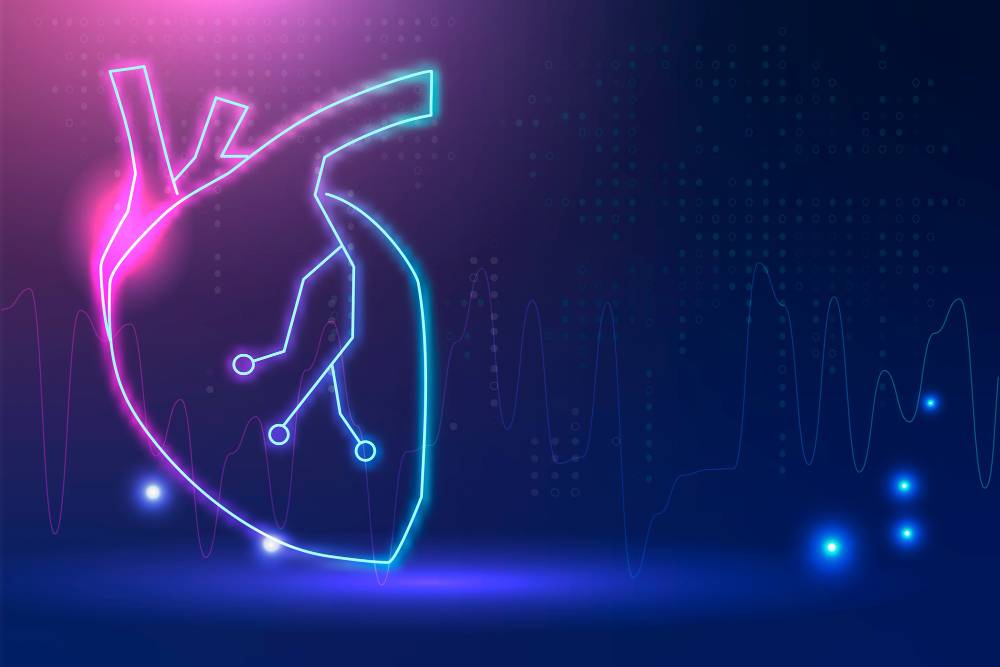Mount Sinai researchers have revealed a groundbreaking artificial intelligence (AI) model for electrocardiogram (ECG) analysis. This pioneering approach allows ECGs to be interpreted as language, leading to improved accuracy and effectiveness in diagnosing cardiac conditions, especially in situations with limited training data. The researchers introduced their deep learning model, HeartBEiT, which not only outperformed traditional ECG analysis methods but also served as a platform for creating specific diagnostic models. The findings of this study, published in npj Digital Medicine, highlight the potential of HeartBEiT in revolutionizing ECG analysis and enhancing diagnostic capabilities in the field of cardiology.
The assessment of heart health often relies on the utilization of the electrocardiogram (ECG), a diagnostic technique that has widespread usage. However, accurately interpreting ECG patterns can be challenging, especially for complex conditions or subtle abnormalities. ECG analysis has been positively impacted by the successful integration of deep learning techniques, yet it does not always yield optimal results for biomedical problems. This article explores a new approach using a vision-based transformer model called HeartBEiT, which leverages masked image modeling for ECG waveform analysis.
The Need for Improved ECG Analysis
In various healthcare settings, ECG, a non-invasive and cost-effective diagnostic tool, is used for analyzing heart conditions. However, accurately identifying disease patterns in ECGs can be challenging, particularly for conditions without established diagnostic criteria or when patterns are subtle or chaotic. Deep learning, specifically convolutional neural networks (CNNs), has shown promise in addressing this challenge by automating ECG analysis. However, CNNs require large amounts of data to prevent overfitting, and they are typically trained on natural images.
Transfer learning is a method that entails pre-training a model on a huge dataset and then optimizing it on a smaller dataset pertinent to the issue at hand. In healthcare, transfer learning is instrumental due to limited data availability and the high cost of generating labeled datasets. CNNs pre-trained on natural images are commonly used as a starting point for modeling tasks in healthcare. Unfortunately, when there are substantial changes between the pre-training and fine-tuning datasets, this strategy might not always produce the best results.
Introducing HeartBEiT: A Vision-Based Transformer Model
Transformer-based neural networks, initially developed for natural language processing tasks, have shown great success in establishing relationships between discrete input units. Recent advancements have extended transformer models to vision-based tasks, giving rise to vision transformers. These models are capable of learning from large amounts of unlabeled data and consider global dependencies between all features of the input. This makes vision transformers particularly suitable for ECG analysis, as certain pathological patterns may occur in different parts of an ECG recording.
HeartBEiT Performance
In this study, the researchers created a vision transformer model called HeartBEiT. They pre-trained the model on a large corpus of 8.5 million ECGs from a diverse population. The performance of HeartBEiT was compared to standard CNN architectures for diagnosing hypertrophic cardiomyopathy, low left ventricular ejection fraction, and ST-elevation myocardial infarction. The results showed that HeartBEiT outperformed other models, particularly at smaller sample sizes.
Furthermore, HeartBEiT improved the explainability of diagnoses by highlighting biologically relevant regions of the EKG. This was achieved through the use of GRAD-CAM analysis, which revealed important areas for predicting specific conditions. Compared to standard CNNs, HeartBEiT provided more accurate and granular explainability of model predictions.
Advantages of Domain-Specific Pre-Trained Transformer Models
The combination of a vision-based transformer architecture and pre-training on domain-specific data, such as ECGs, has several advantages over models trained on natural images. HeartBEiT demonstrated superior classification performance, especially in low-data regimes. The model’s ability to capture global dependencies in ECGs allowed for more accurate identification of subtle patterns that may occur in different parts of the recording. Additionally, the use of transformer models improved the explainability of diagnoses by highlighting relevant regions of the electrocardiogram.
Conclusion
The development of HeartBEiT, a vision-based transformer model for ECG analysis, represents a significant advancement in cardiology. The implementation of a foundational vision transformer has proven to enhance diagnostic performance for electrocardiograms significantly. The accuracy and efficiency of ECG analysis might be greatly improved by using this novel technique, which would ultimately result in more accurate diagnosis and treatment of heart problems. The successful integration of vision transformers in this domain signifies a breakthrough in the field of cardiology, offering new possibilities for advancing diagnostic capabilities and improving patient outcomes.
Article Source: Reference Paper | Reference Article | HeartBEiT: Code
Learn More:
Dr. Tamanna Anwar is a Scientist and Co-founder of the Centre of Bioinformatics Research and Technology (CBIRT). She is a passionate bioinformatics scientist and a visionary entrepreneur. Dr. Tamanna has worked as a Young Scientist at Jawaharlal Nehru University, New Delhi. She has also worked as a Postdoctoral Fellow at the University of Saskatchewan, Canada. She has several scientific research publications in high-impact research journals. Her latest endeavor is the development of a platform that acts as a one-stop solution for all bioinformatics related information as well as developing a bioinformatics news portal to report cutting-edge bioinformatics breakthroughs.









